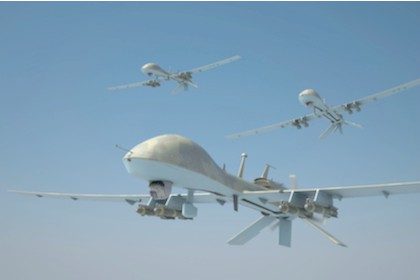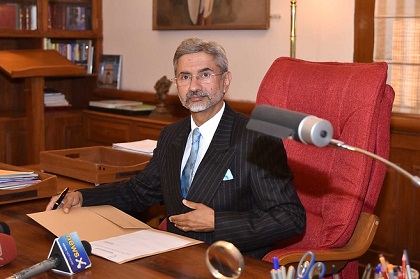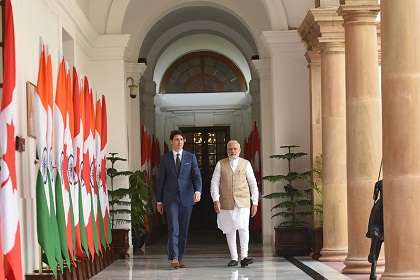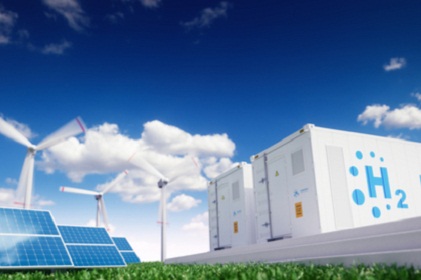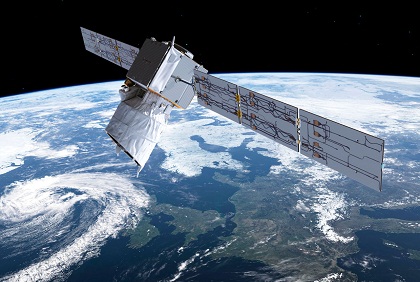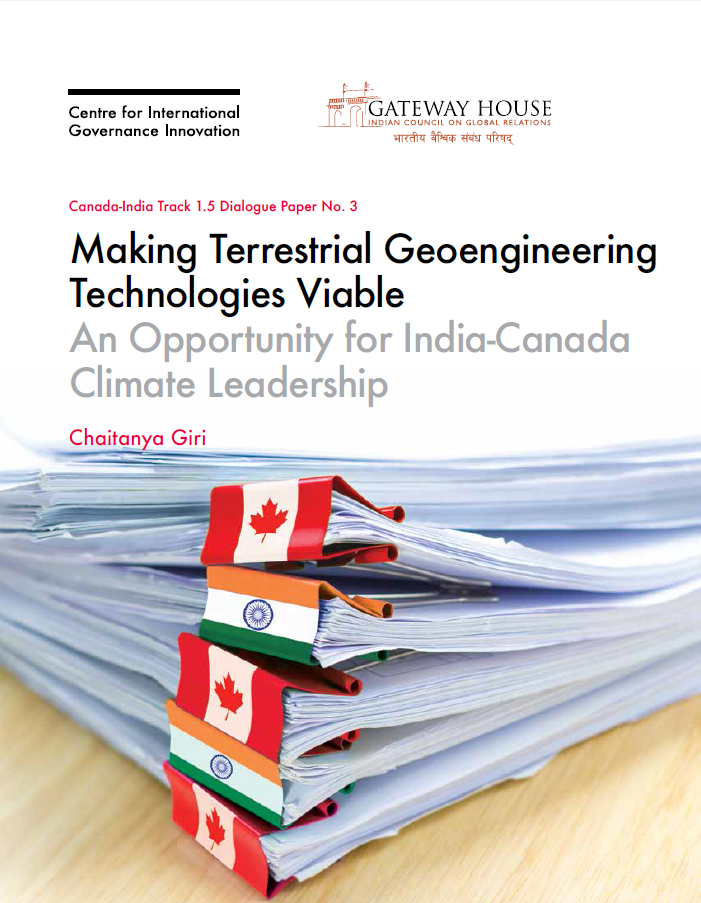NEST-ling new tech in foreign policy
The recently announced New and Emerging Strategic Technologies (NEST) Division of India’s Ministry of External Affairs is timely. It can become vital for India’s national technosecurity in the imminent Fourth Industrial Age if a new Cabinet Committee on Futuristic Science and Technologies is established along with it

